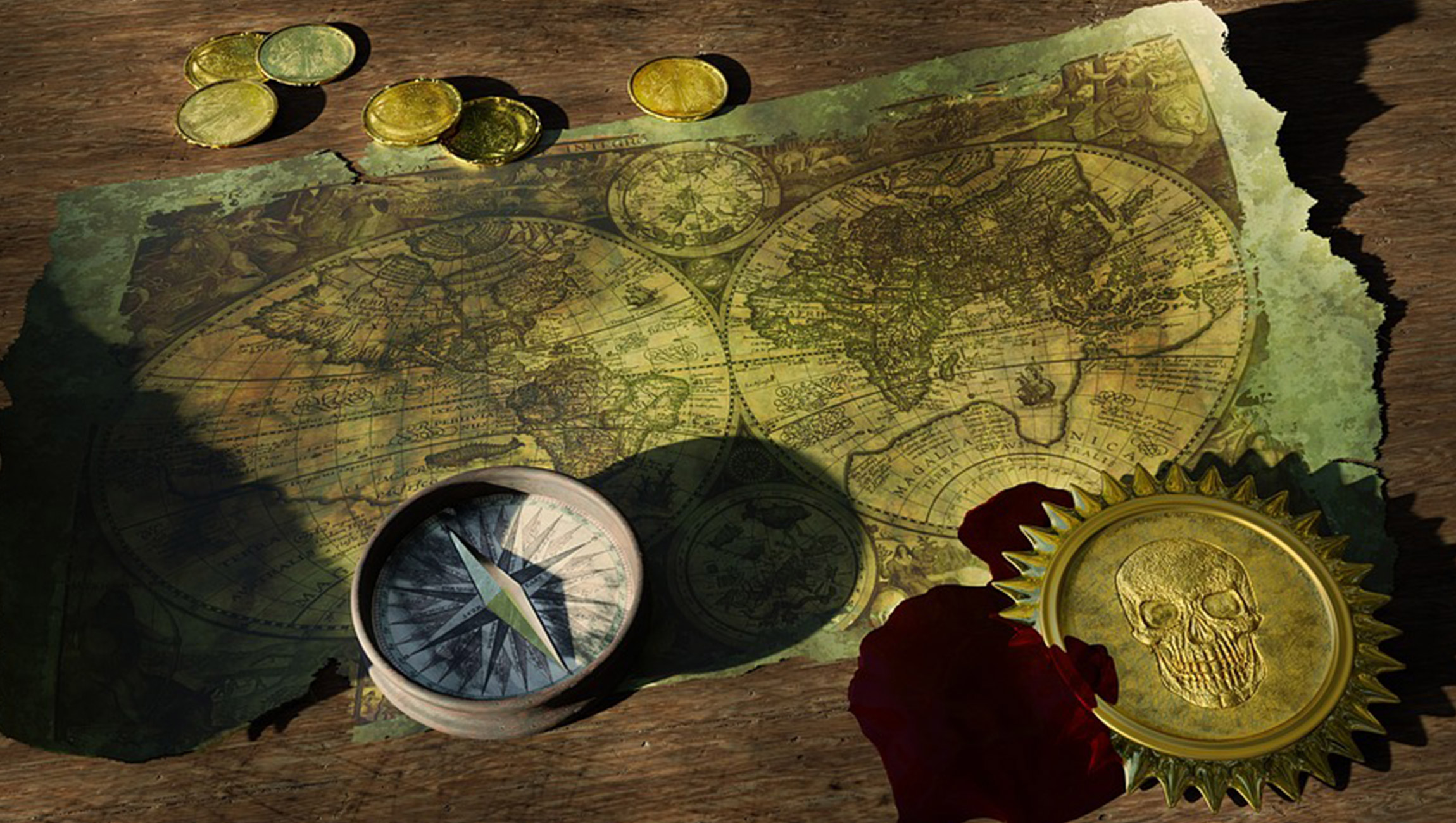 As a modern marketer, there’s strong incentive to stay up to date with the latest advances in technology. Digital marketing techniques and evolving technologies like artificial intelligence and data analytics are offering marketers deeper and more accurate insights into consumers than ever before. At the same time, social media and mobile marketing channels are giving them wider, more targeted access to those same consumers.
As a modern marketer, there’s strong incentive to stay up to date with the latest advances in technology. Digital marketing techniques and evolving technologies like artificial intelligence and data analytics are offering marketers deeper and more accurate insights into consumers than ever before. At the same time, social media and mobile marketing channels are giving them wider, more targeted access to those same consumers.
But while “digital marketing” may work as a catch-all term for these modern marketing strategies, it doesn’t quite work as a catch-all solution. Just last year, Procter & Gamble cut more than $100 million in “largely ineffective” digital ads with almost no effect on its business, demonstrating that when it comes to digital marketing, more isn’t always better.
Also Read: How Brands and Agencies are Affected by GDPR
Modern businesses have a lot to gain by incorporating certain analog components into their marketing strategies alongside their newer digital strategies. Today’s consumers have demonstrated a resurging preference for analog products — from vinyl records to paperback books to film cameras — and marketing efforts should reflect this.
As a technology company with analog characteristics at its core, we at Bond have embraced both digital and analog tactics in our marketing efforts, and we recommend that other businesses do the same. Here are a few analog strategies to consider:
Direct Mail Campaigns with Handwritten Notes
The concept of handwritten notes may seem antiquated, but it’s for this very reason they’re more valuable than ever. In 2017, roughly 269 billion emails were sent per day on average — and there’s no doubt a hefty percentage of them came from marketers. As consumers have been inundated with marketing emails, they’ve consequently become desensitized to them; according to MailChimp statistics, only about one in five emails is actually opened.
At the end of the day, while email is a far more scalable outreach strategy, it’s far less effective in engaging consumers. Our own research, as well as other third-party studies, suggest that the open rate for handwritten notes averages anywhere from 90 to 100 percent. Handwritten notes are rarely sent to the average consumer and, as a result, the medium itself signals that someone took extra thought and effort in sending it.
Also Read: How to Evoke ‘Analog’ Emotions Using Digital Technology
What’s more, based on a research study we recently conducted on Americans’ perceptions and behaviors around handwriting, 81 percent of Americans consider a handwritten note to feel more meaningful than an email or text, and 61 percent of Americans believe that receiving a handwritten note from a company would actually make them view that company more favorably.
It’s safe to assume that the counterintuitive power behind handwritten notes is deeply rooted in the “scarcity value” of the medium. Thus, while a handwritten note may have words, the more powerful message is the medium itself. With the higher level of customer engagement that handwritten notes facilitate, companies can foster stronger customer loyalty.
Events for Showcasing and Sampling Products
Considering that modern day society is more digitized and hyper-connected than ever, it may come as a surprise that trade shows and events are as prevalent and important in day-to-day business as they’ve ever been. In fact, trade show organizers enjoyed healthy revenues in 2017 and are bullish about their prospects for 2018, with about 72 percent expecting revenue growth in the first half of the year.
So why, in the age of telecommuting and webinars do prudent business people still spend millions of dollars physically traveling to remote hotels and conference centers to meet other peers and vendors? Quite simply, it’s because trade shows work. These events not only succeed in introducing companies to new ideas, vendors and solutions that can help their businesses grow; they also provide B2B marketers with a novel channel for finding, cultivating and closing leads in a way that digital marketing still can’t match.
Also Read: How Technology Is Giving the Hospitality Industry a Much-Needed Boost in Today’s Digital Age
The right event or conference can provide a forum to demonstrate a company’s product in person, meet and speak to prospects face-to-face and quickly qualify prospects to speed up the sales cycle.
By putting salespeople in front of potential customers, these types of marketing events can help salespeople better understand customers’ triggers, assess their ability to purchase and measure their interest. Unlike digital communication channels, events provide subtle insights that would otherwise be lost, like body language or the way potential customers respond to pointed questions.
Ultimately, digital and other marketing channels are aimed at connecting living and breathing people to ideas and information in the hopes that they will behave in a certain way. As a result, the value of people themselves coming together to communicate, convey and persuade others directly can never be truly duplicated by digital channels, no matter how advanced.
Billboards and Out-Of-Home Advertising
If digital is increasingly becoming the last mile in terms of getting a consumer to transact with companies, outdoor or out-of-home advertising is still effectively the on-ramp to the consumer journey highway. Out-of-home advertising has usually served a key role at the top of the marketing funnel, driving mass awareness and buzz for brands in a prominent, real-world way.
And perhaps contrary to popular belief, out-of-home is the only traditional ad format that is growing, and it is forecasted that the medium will benefit from an all-time high in global ad spend of $30 billion this year.
Also Read: How Can Companies Deliver Amazing Customer Experience: Four Big Ideas from Adobe Summit 2018
So why is out-of-home advertising bucking the trend that is killing most of its traditional peers? Ironically, digital technologies are breathing new life into the old medium. Technologies such as programmatic real-time bidding marketplaces, near-field communications, and location-based data are fueling the digital out-of-home secular growth trend, promising to make the medium more efficient and interactive than ever. In fact, smart highway billboards have actually been designed to “see” who is viewing them — and what those people are driving.
But even old-school billboards are getting a boost from digital. Over recent years, New York City has seen a number of venture-backed digital startups increasingly relying on poster-based subway ads to raise awareness and drive growth around their offerings. Demand for the ads has been so overwhelming, in fact, that inventory for immersive train and station takeover buys has sold out a half-year in advance. Considering that the average round-trip commute for a New Yorker is almost an hour, there is hardly another medium that can capture the unfiltered attention of such a valuable mass audience for such an extended period of time.
While digital marketing offers today’s businesses huge opportunity, analog efforts do more than hold their own. As technology has made these analog marketing techniques rarer, it’s also made them more attractive — and effective. With this in mind, modern marketers should consider implementing these throwback methods as a core part of their overall strategies. After all, it’s never good to put all your eggs in one basket.
Also Read: How Handwritten Notes Can Boost the Effectiveness of Omnichannel Marketing Campaigns











